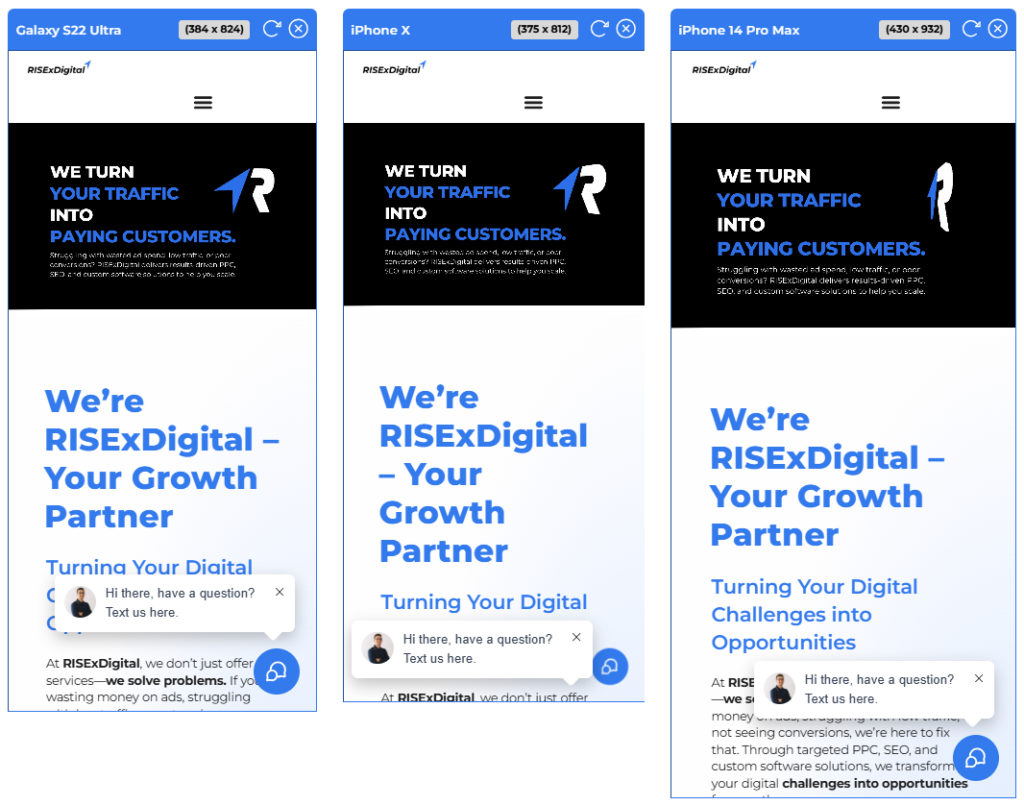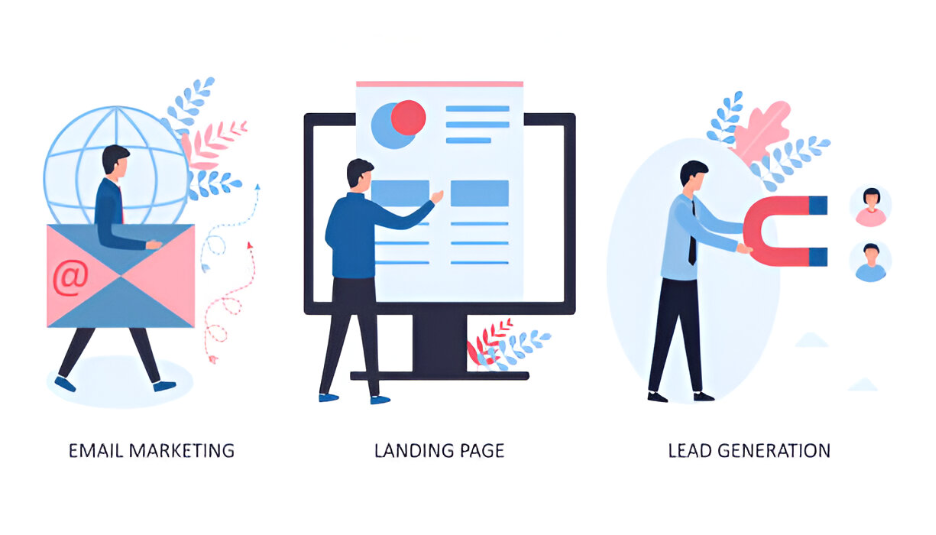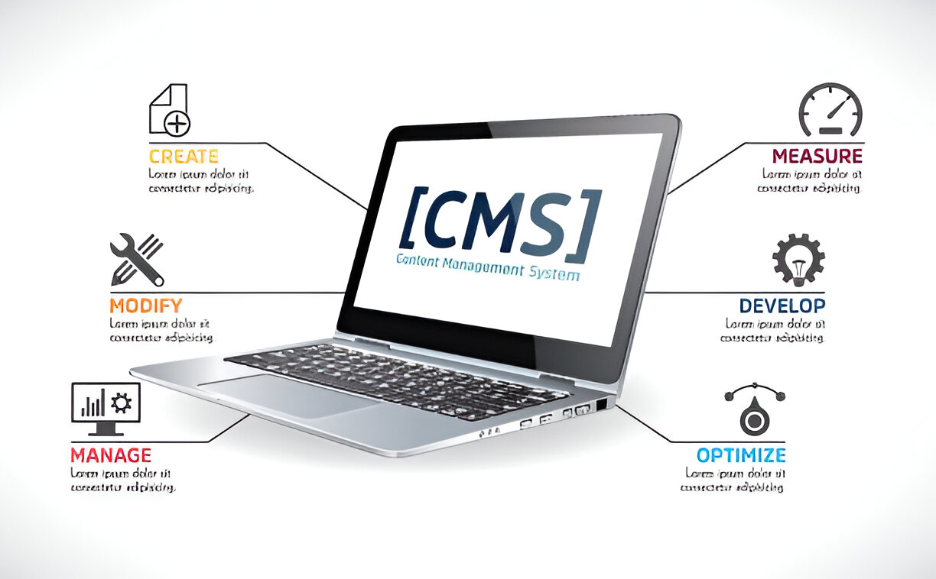Looking ahead to 2025, it’s clear that mobile-friendly web design in Cincinnati is crucial for local businesses. With mobile browsing being the norm, having a website that works perfectly on mobile devices is not just a plus—it’s a must. Cincinnati businesses need to understand that their online presence can greatly impact their success.
Here are some key reasons why you need mobile-friendly web design in Cincinnati:
Enhanced User Experience: Mobile-friendly websites deliver a smoother, more intuitive experience, keeping visitors engaged longer.
Improved SEO Performance: Websites optimized for mobile are favored by search engines, leading to better rankings and increased visibility.
Higher Conversion Rates: A responsive design directly impacts conversion rates, turning casual browsers into loyal customers.
By embracing mobile optimization, Cincinnati businesses can stay ahead of the curve in digital innovation and remain competitive in a constantly changing market.
What is Mobile-Friendly Web Design?
Mobile-friendly web design is a practice that ensures websites provide an optimal viewing experience across a wide range of devices, particularly mobile phones and tablets. This involves creating a responsive design that automatically adjusts to different screen sizes and resolutions, offering seamless navigation and readability.
User experience is at the heart of mobile-friendly web design. It involves crafting an interface that is intuitive and easy to navigate, with elements like touch-friendly buttons and legible text sizes. A well-optimized mobile experience keeps users engaged by delivering content quickly and efficiently, which is crucial in today’s fast-paced digital environment.
Poor mobile navigation can have dire consequences on user engagement. When users find it difficult to navigate a website on their mobile devices, they are more likely to leave the site prematurely, leading to increased bounce rates. High bounce rates can signal to search engines that your website is not providing value to visitors, potentially harming your search rankings.
In Cincinnati’s competitive business landscape, ensuring your website is mobile-friendly isn’t just about keeping up with trends; it’s about meeting customer expectations and maintaining engagement. By prioritizing user experience through effective mobile design strategies, businesses can significantly enhance customer satisfaction and retention.
SEO Benefits of Mobile Optimization
Understanding how search engines, especially Google, rank websites is essential in the digital world. One crucial factor that cannot be ignored is Google’s prioritization of mobile-friendly websites in search rankings. With mobile devices becoming the primary way people access information; Google has changed its algorithms to favor websites that provide smooth experiences on smaller screens.
1. Post-July 2024 Indexing Changes
Websites that are not optimized for mobile will face significant challenges as Google shifts its focus entirely to mobile-first indexing after July 2024. This means non-mobile-friendly websites risk not being indexed at all, which can drastically reduce their visibility in search results.
2. Enhanced SEO Performance
By embracing mobile optimization, you can expect improved SEO performance. A responsive design ensures faster page load times and smoother navigation, both of which contribute positively to user experience—an essential element in Google’s ranking criteria. As users are more likely to stay on a site that loads quickly and is easy to navigate, bounce rates decrease, indirectly boosting SEO rankings.
3. Local SEO Impact
For Cincinnati businesses targeting local audiences, mobile optimization is particularly beneficial. Local searches often happen on mobile devices, and a well-optimized site can lead to higher local search rankings, helping businesses capture more leads from nearby customers.
By aligning with Google’s preference for mobile-friendly sites, Cincinnati businesses position themselves for enhanced online visibility and improved engagement metrics. This strategic adjustment not only aligns with current digital trends but also sets the foundation for achieving long-term growth and success in the ever-evolving digital marketplace.
The Shift Towards Mobile-First Interactions
The world of digital interaction is changing quickly, with consumer preferences heavily favoring mobile browsing. One major trend is the rise of mobile devices as the primary means of accessing the internet. This shift is particularly noticeable in Cincinnati, where more users are choosing the convenience and portability of smartphones over traditional desktop usage.
Understanding the Shift
Recent statistics show that over 70% of web traffic worldwide now comes from mobile devices. This shift indicates a significant change in user behavior, where seamless experiences across all devices are no longer a luxury but a necessity. Consumers expect websites to work perfectly whether on a smartphone or tablet, demanding consistent performance and accessibility.
Why Web Design in Cincinnati Matters for Businesses?
The move from desktop-first to mobile-first interactions highlights why mobile-friendly web design is crucial for Cincinnati businesses in 2025. Businesses must adapt to these changing consumer preferences by ensuring their websites are optimized for mobile use. This adaptation not only meets current user expectations but also prepares businesses for future growth as reliance on mobile technology continues to increase.
The Importance of Mobile Optimization
For Cincinnati businesses looking to succeed in this digital age, adopting a mobile-first approach is not just beneficial—it’s essential. By prioritizing mobile optimization, companies can improve user satisfaction, increase engagement, and ultimately drive conversions in an increasingly competitive online marketplace.
Driving Higher Conversion Rates with Mobile Optimization
Mobile optimization is not just a trend; it’s a powerful tool for driving higher conversion rates. The seamless experience provided by a mobile-optimized website encourages users to engage more deeply and make purchasing decisions faster, leading to increased revenue for businesses.
Correlation Between Mobile Optimization and Higher Conversion Rates
1. User Engagement
A responsive design ensures that your site performs impeccably across all devices, reducing friction in the user journey. This fluidity keeps users engaged longer, elevating the chances of conversion.
2. Ease of Navigation
With intuitive navigation and touch-friendly interfaces, mobile-optimized websites simplify the process of finding information or products. This ease directly correlates to higher conversion rates as users can swiftly complete transactions.
Success Stories for Web Design in Cincinnati
Several Cincinnati businesses have witnessed significant revenue growth after embracing mobile optimization:
- Local Retailer Example: A prominent local retailer revamped their website with a responsive design. Post-redesign, they reported an impressive 30% increase in mobile sales within just three months.
- Restaurant Case Study: A popular restaurant chain in Cincinnati optimized their website to ensure quick loading times and effortless menu browsing on mobile devices. This change resulted in a 25% rise in online reservations and takeout orders.
- Service Provider Insight: A home services company integrated mobile-friendly booking features into their website, simplifying the appointment-setting process for users on-the-go. This strategic move led to a 40% boost in service bookings via mobile devices.
Key Design Elements for Effective Mobile Optimization
Crafting an effective mobile-friendly website requires attention to several essential design elements.
1. Text Readability
Text readability is crucial; users should not have to squint or zoom in to read content. Opt for larger font sizes, clear typefaces, and adequate line spacing to ensure that your text is easily legible on smaller screens.
2. Touch-Friendly Buttons
Touch-friendly buttons are another vital component. Users often become frustrated when buttons are too small or placed too closely together, leading to accidental clicks. By incorporating generous padding around buttons and ensuring they are of a reasonable size, you can enhance the touch experience, making it seamless for users navigating your site.
3. Fast Loading Times
Fast loading times significantly impact user experience on mobile devices. Research indicates that a delay in loading by even a second can lead to higher bounce rates. To prevent this, optimize images and leverage browser caching to reduce load times.
4. Fluid Layouts
Fluid layouts that adapt smoothly across various screen sizes contribute to an intuitive browsing experience, maintaining consistency whether on a smartphone or tablet.
Incorporating these design principles not only aligns with best practices but also enhances user satisfaction, fostering higher engagement and conversion rates on mobile platforms.
By focusing on these elements, businesses can ensure their websites provide an optimal mobile experience, aligning with modern consumer expectations and technological advancements.
Start Today!
In the rapidly evolving digital marketplace, embracing mobile-friendly web design is no longer optional—it’s essential for business success. Cincinnati businesses in 2025 must prioritize this change to enhance customer engagement and drive business growth.
Taking the first step towards optimizing your website can set you apart. Partner with RISExDigital, an expert in mobile optimization strategies, to transform your website into a high-performance digital asset. Get your custom high-performance website solution.





